Having been born in what can only be known as the great desert of West Texas my fondness for my original playground seeps into my mind causing me to wax nostalgic. Many of the best times of my life happened there and those memories have deep roots.
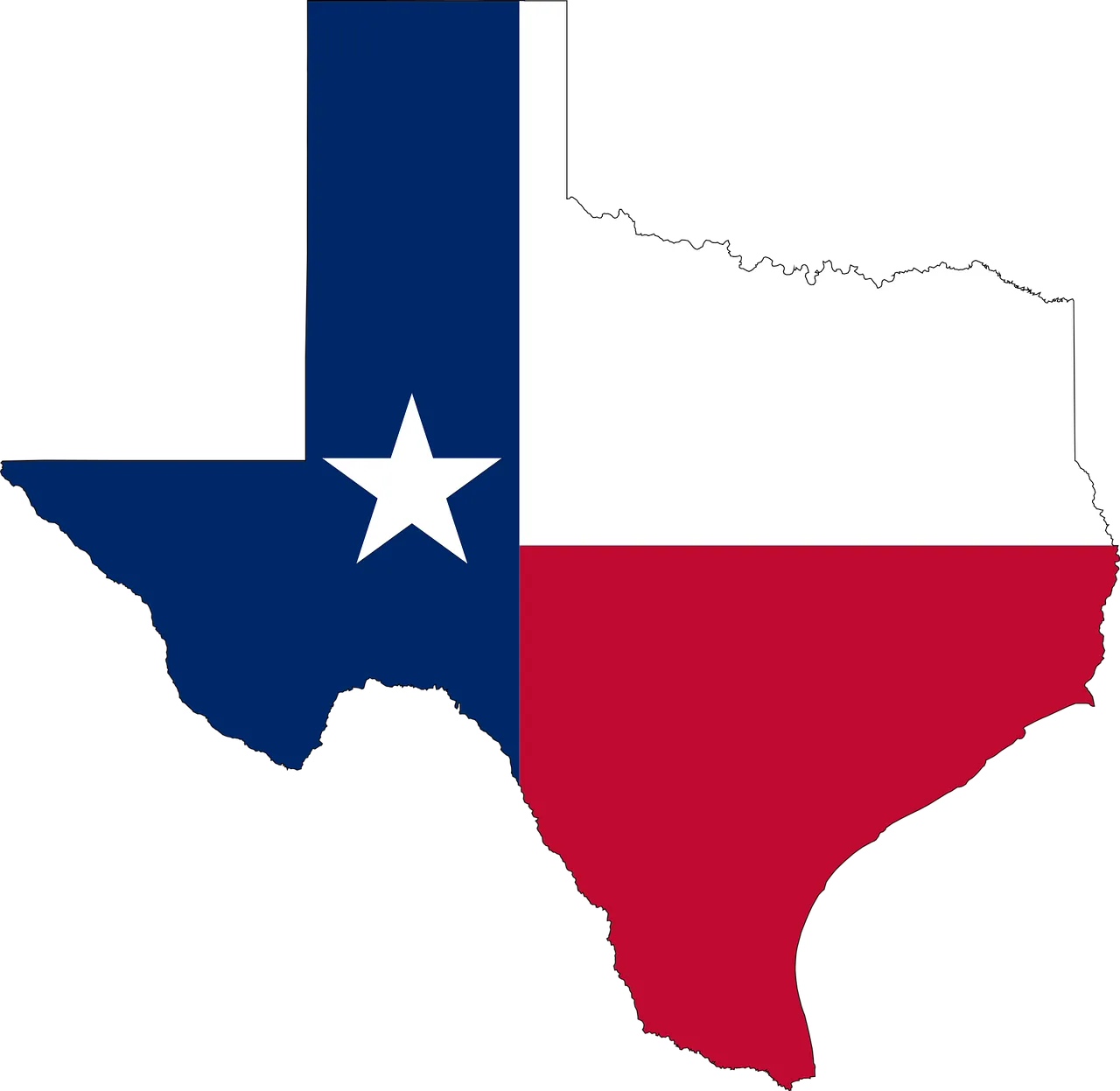
Anasazi were the first settlers to live in the area after migrating south. They left their discarded pottery as evidence of their presence. Then came the Cherokee and Comanche who littered the area with flakes and points, relics better known as arrowheads. Native Americans were first attracted to the area for its vast supply of water. This water didn't flow from rivers instead it seeped upwards through the sandy soil creating pools. Sand dunes surrounded the crystal clear ponds, water was easily accessible by digging a few feet down to the shallow water table.
My mother used to tell me about her forays to the Monahans Sandhills and how they would see hundreds of points just lying on top of the sand. My grandmother used to take me to those same Sandhills to play, it was like one giant golden sandbox!
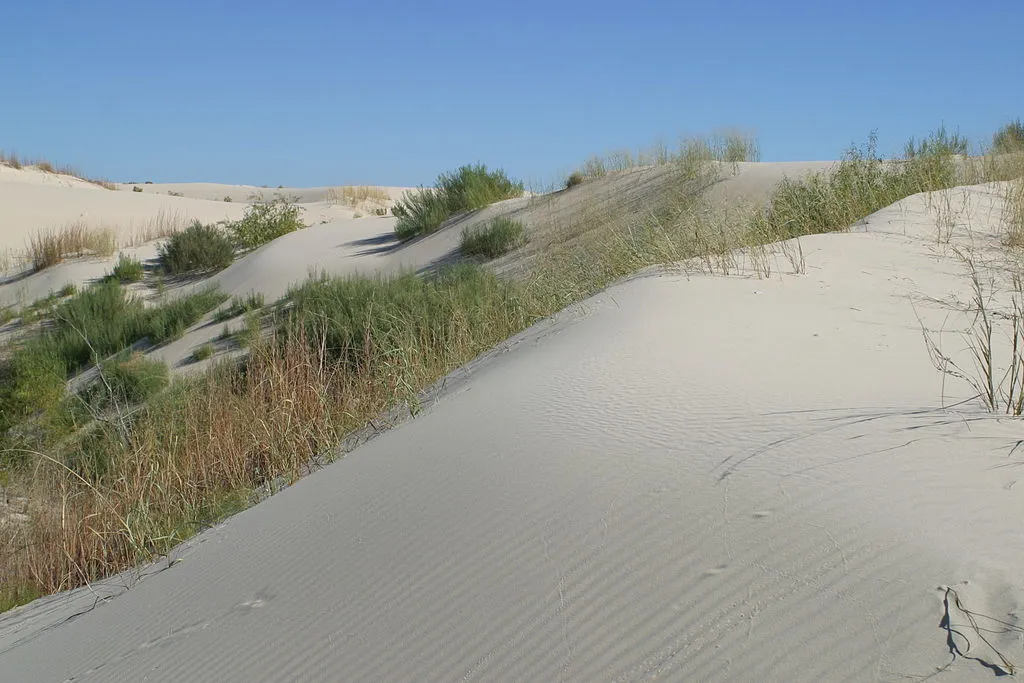
Monahans Sandhills
By the late 1800s most of the natives were either killed or forcibly removed from the area. By 1910 twelve cattle ranches sprang up totaling almost 68,000 acres with 12,000 grazing cattle. Cotton and corn were the preferred crops, but it wasn't long before farmers became herders rather than tillers.
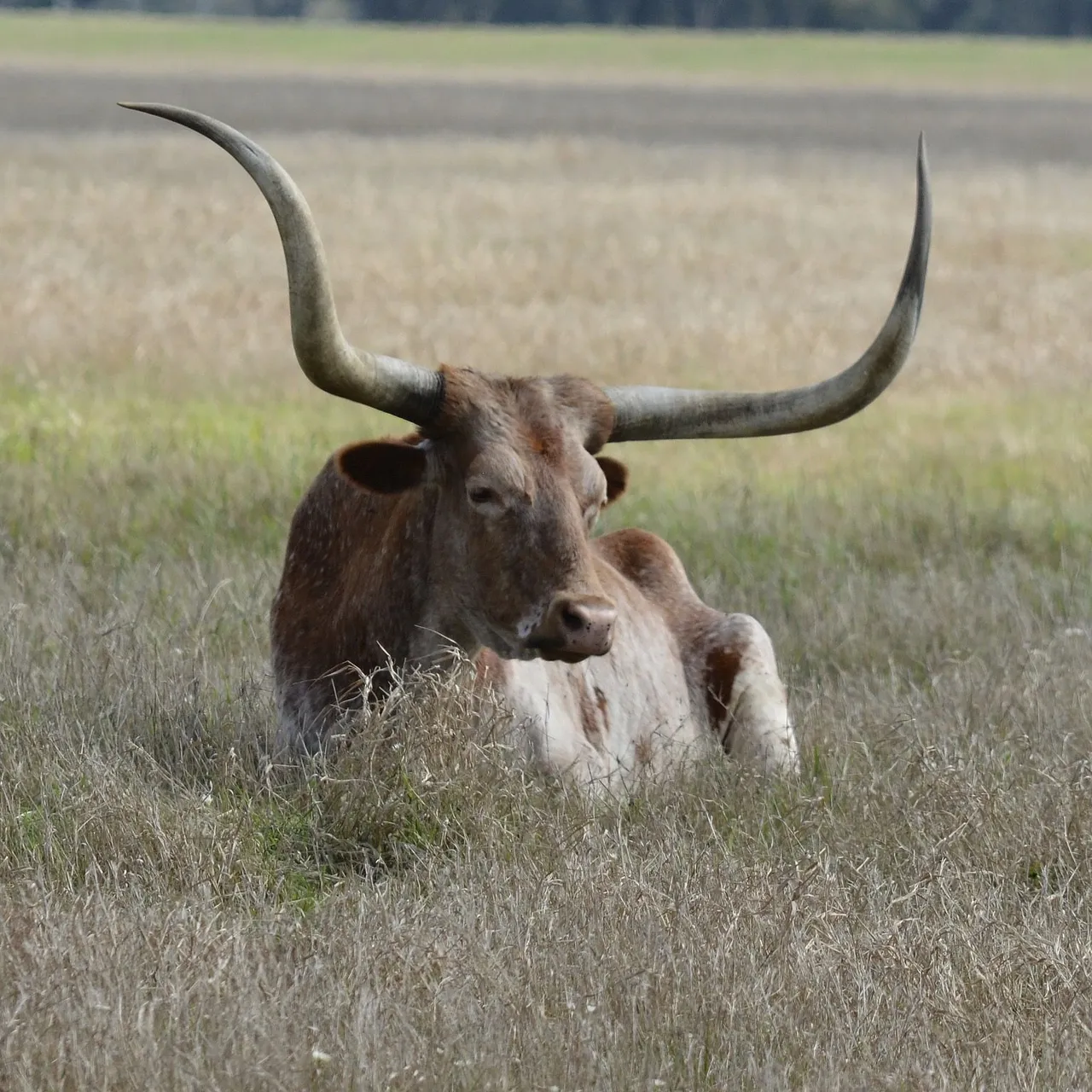
Longhorn Cattle

Pumpjack in the cotton fields east of Andrews, TX
"Black Gold" or Texas Tea as its sometimes called was discovered on these desert lands in 1926. Roy Westbrook and Company brought in the "Hendrick No. 1" on ranch land. This changed the history of the area and ushered in the "oil boom." This vast oil producing area is now known as the "Permian Basin." A huge subterranean basin dating to the Permian Period of the late Paleozoic Era some 300 million years ago.

Texas just happens to contain one of the thickest deposits of Permian period rocks in the world. These rocks were the result of the rapid collision of North America, South America and Africa during the great rift and shifting tectonic plates below the earths crust.
The oil boom ebbed and flowed until the 1980s. It employed millions and sustained entire communities then the "bust" occurred. Over half a million individuals lost their jobs and their professions. Both of my grandfathers worked in oil and gas as did my father, his brother and much later myself. My mother even did a brief stint when I was a child. We were fortunate none of us lost our jobs, but we did move around for a nickel more in pay.
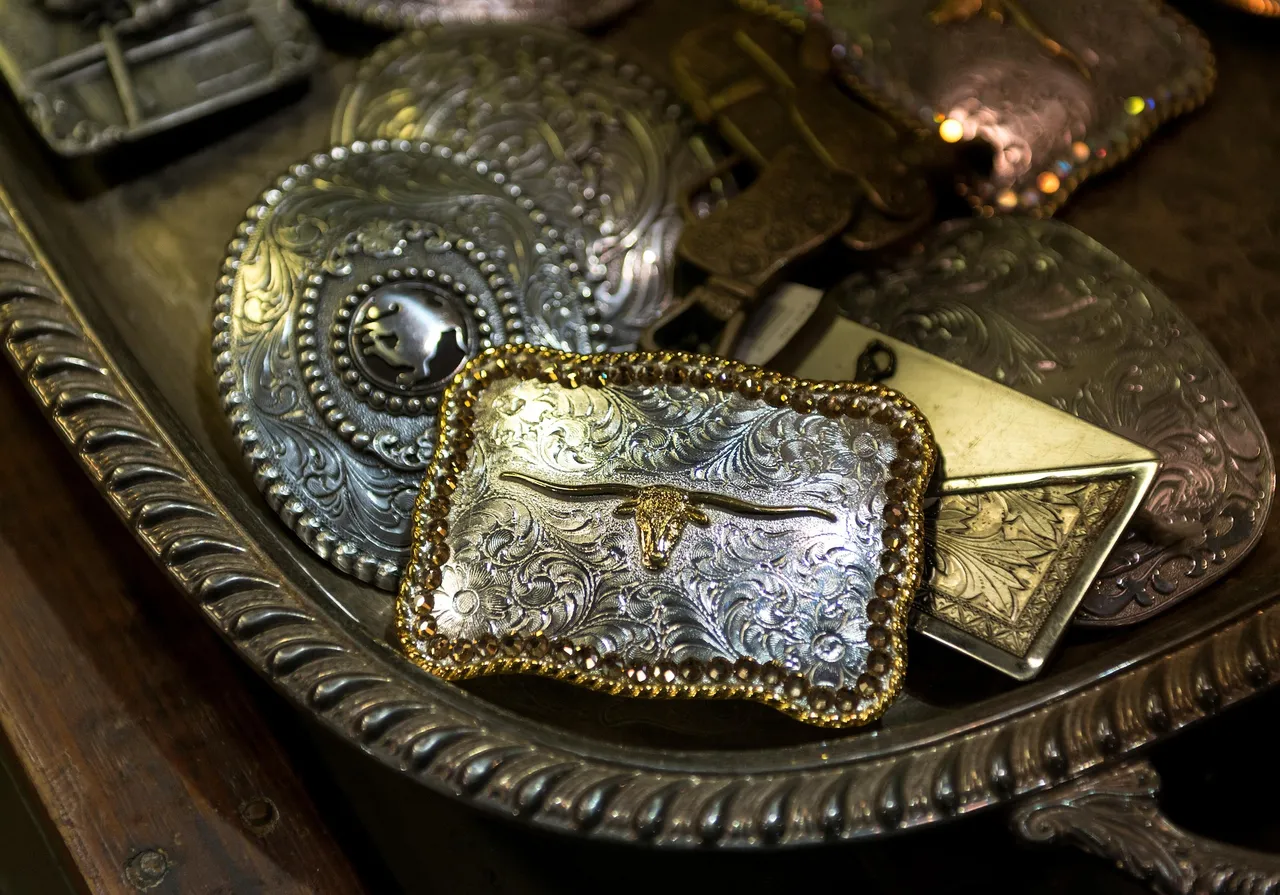
Still the Permian Basin is the largest petroleum producing area in the United States. It has produced a total of 30 billion barrels of oil and 75 trillion cubic feet of natural gas throughout the years. Many geologists believe there are half a trillion barrels or even 2 trillion barrels of oil still to be extracted.
Currently, nearly 2 million barrels of oil per day are being pumped out of the basin! Eighty percent of estimated reserves are located at less than 10,000 ft. depth and are easily accessible.
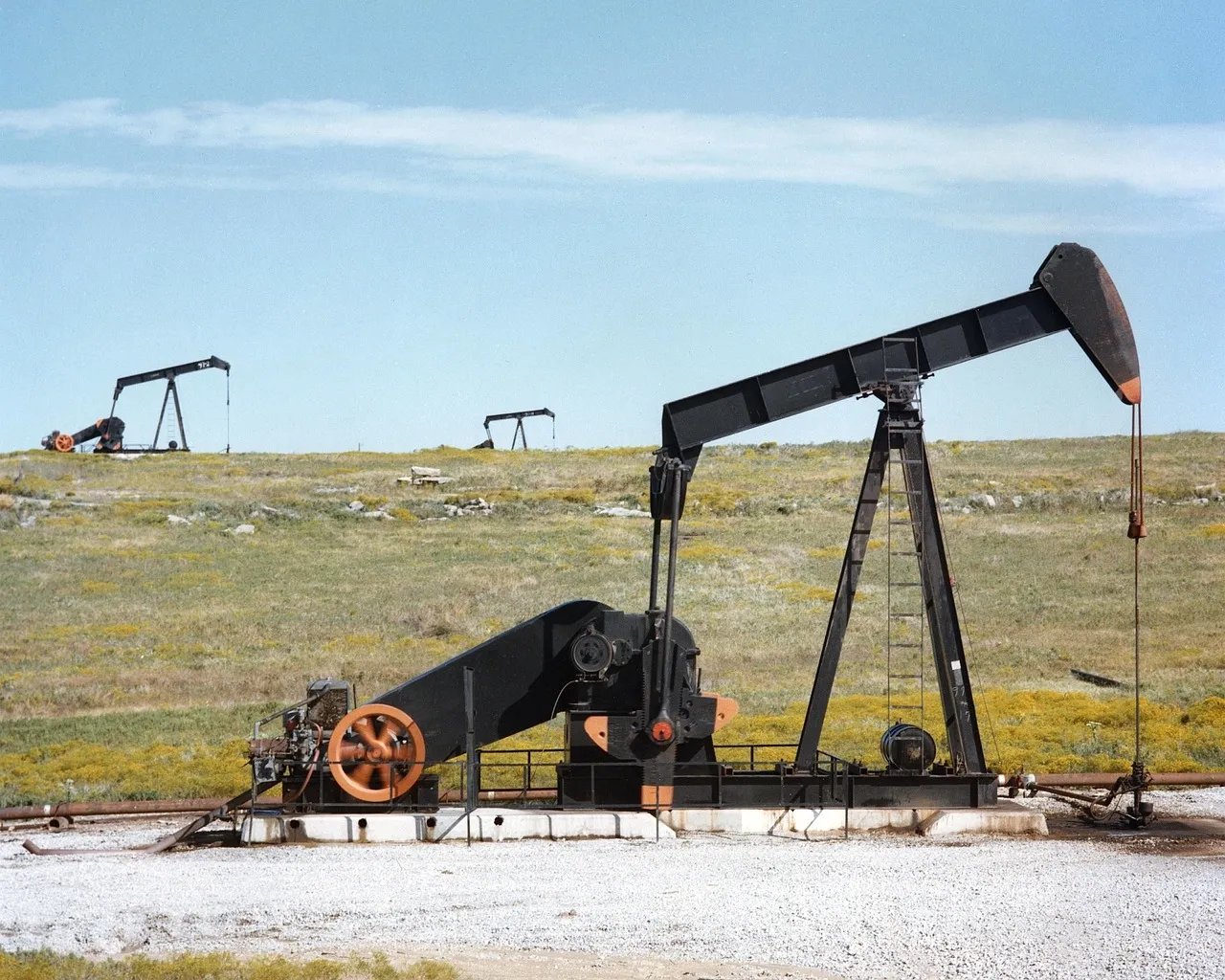
Think about this next time you drive your car, fly in a plane, buy a bottle of water in a plastic bottle, or cart groceries home in plastic bags, all these things and more are a direct result of the discovery of hydrocarbons.
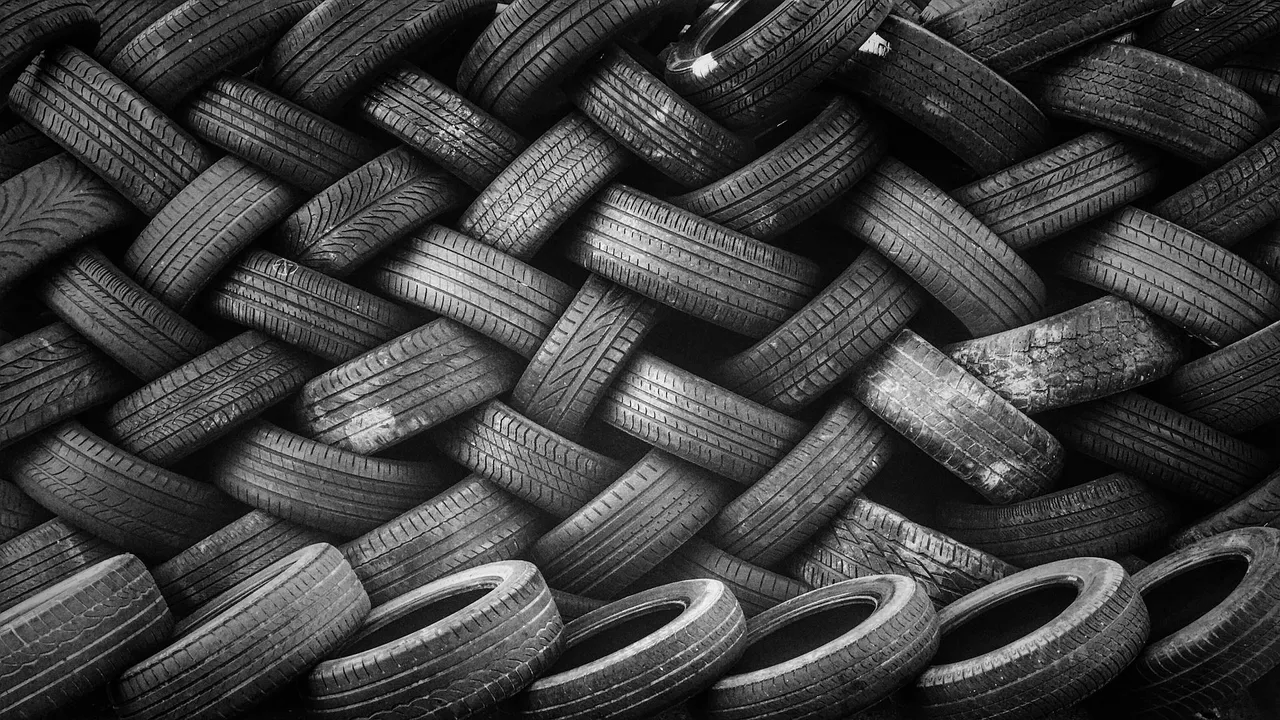

All text owned by @mother2chicks